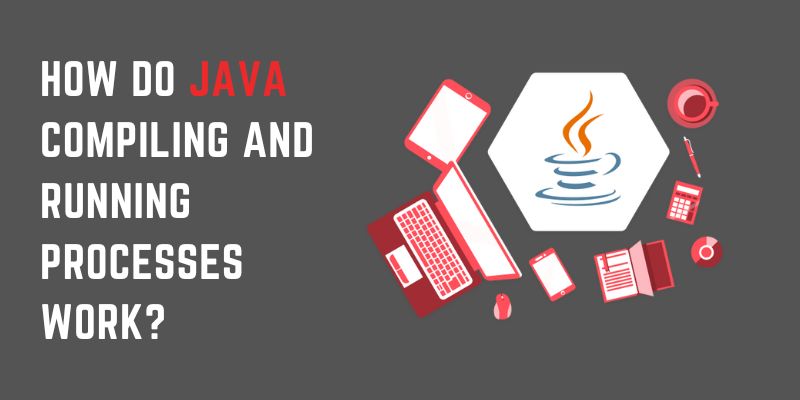A Java compiler is a tool that converts text files created by developers into platform-independent Java files. The GNU Compiler for Java (GCJ), the Eclipse Compiler for Java (ECJ), the Java Programming Language Compiler (Javaq), and Jiggs are some of the Java compilers. If you are to know How do Java Compiling and Running Processes work? Join Java Training in Chennai at FITA Academy for the best coaching from industrial experts.
Programmers typically construct language statements in a particular programming language line by line using a software browser or integrated development platform. Source reports are the name of the generated file.
By providing the name of the document including the source statements, the programmer can subsequently launch a compiler for the relevant language.
How JDK Compile and Run Java code?
To begin, turn Java files (with the.java extension) into executable files using a Java compiler (JAVAK; it can be found under Development Tools). On the operating system, this executable file cannot be directly executed. This file is actually a transitional file. The name of this file is bytecode, and it ends in.class.
On every platform (including Mac, Windows, and Linux), bytecode is supported. Java programs are hence referred to as WORA (write once, run anywhere) programs.
We require JVM to execute this bytecode file. Therefore, the JVM receives the bytecode files from the Java compiler. Each OS has a unique JVM, so in order to run Java, the operating system must have a compatible JVM.
The tool used to load class files in Java is known as a classloader. It is an object that downloads Java classes and accepts bytecode (files with.class extensions).
The JVM memory’s heap section is where all object information is kept. A heap section can be found in a JVM. It is a communal resource as well. FITA Academy offers the best Java Training; we offer real-time training sessions with live projects. Join the Java Online Course and get worthy training with placement assistance.
Classes are loaded into memory during loading, and bytecodes are saved in the method area. Method region is a section of the JVM memory that houses all class-level data, including the name of the class, the name of its immediate parent class, methods, and variables. JVM contains a single shared resource that serves as its only method section.
Classes and interfaces are connected to the JVM’s runtime state during the linking process so it can be used. The classes from the preceding section are combined in the initialization function.
To further explain the class loader process, let’s assume that it starts by looking for the class object in the heap memory. It returns it if it is located. However, if Heap does not have it, it searches for a .class file. In contrast, if the .class file is not present, an exception will be raised; otherwise, a class object will be created in heap memory.
The class loader’s bytecode is then examined. The class loader issue and hazards are examined during this process. The compilation process will halt if, for instance, the program uses an undeclared variable or if the run-time stack is full.
Final Execution Step
If our code is error-free, the JVM’s execution engine reads the bits of code line by line, uses the files and information kept in various memories, and then puts the instructions into action. Three components make up the activation engine:
◼ Interpreter: It executes after line-by-line bytecode interpretation.
◼ Just-In-Time Compiler: After compilation, the entire bytecode is converted to machine code.
◼ Garbage Collector: Unreferenced objects are destroyed. Join the Java Training in Bangalore and get worthy course Certification with placement assistance.
